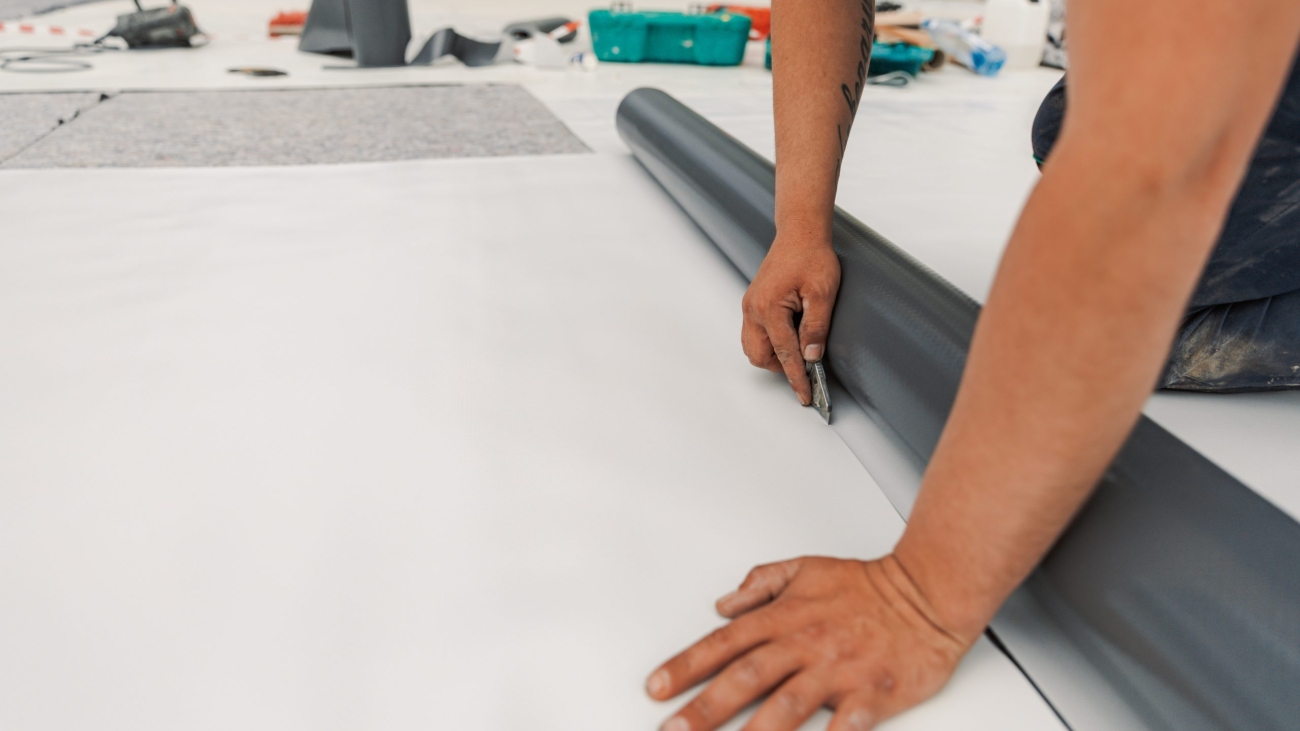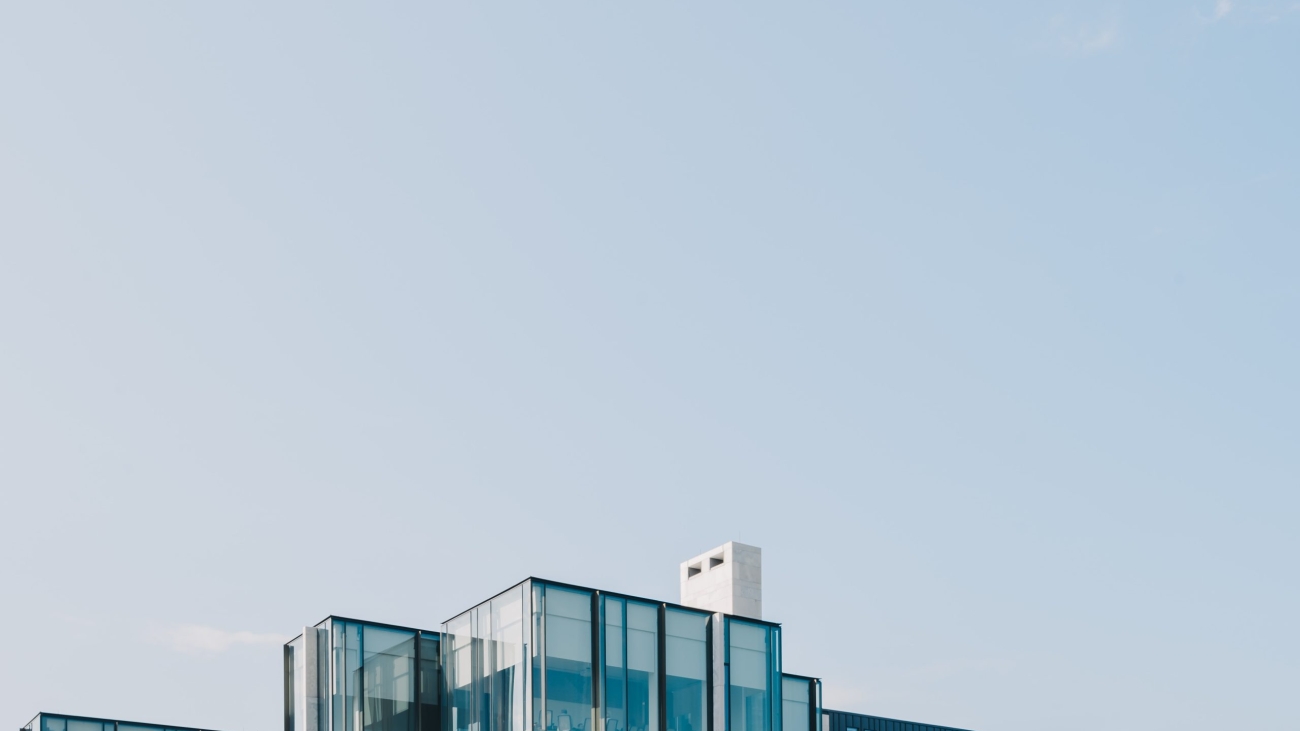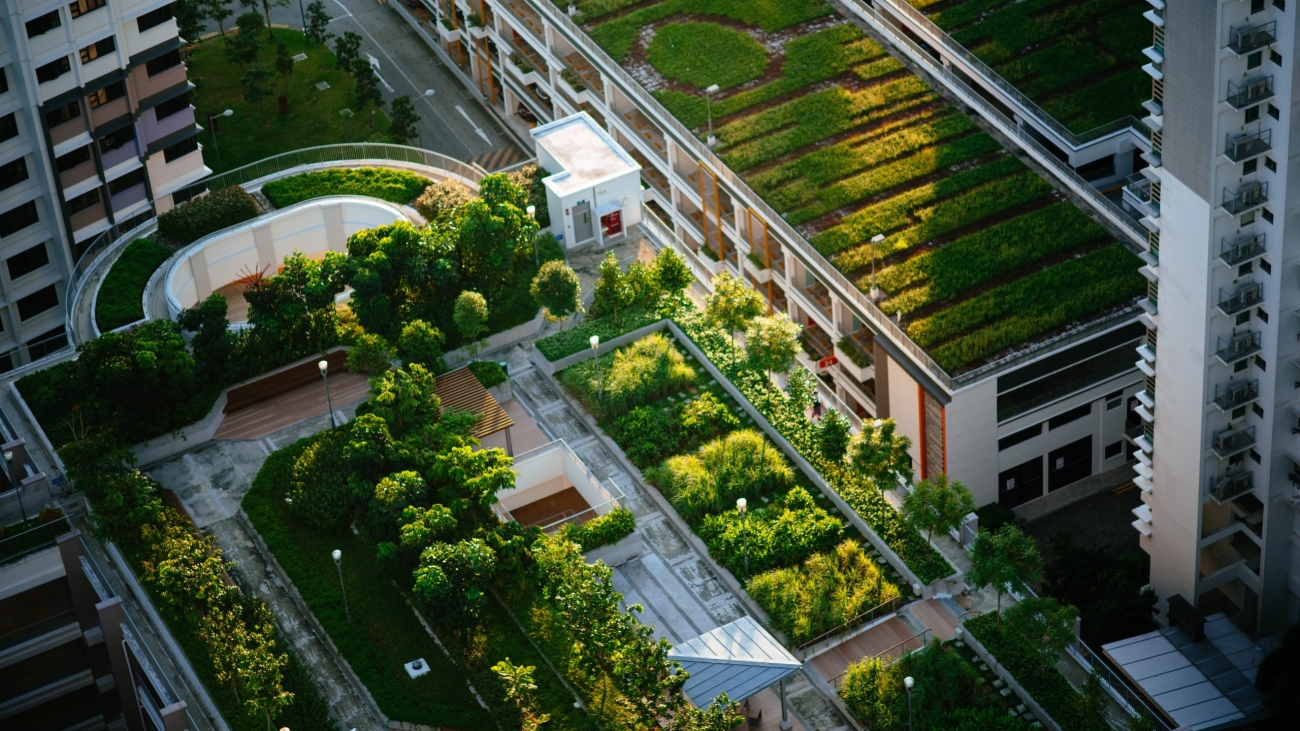What is TPO roofing?
When it comes to choosing the right roofing option, there are so many choices on today’s market it can get a little overwhelming. In this blog post we are going to answer the question ‘what is TPO roofing?’ – as well as dive into the advantages and disadvantages, what it is, how to install it and if it’s the right choice for you. TPO stands for Thermoplastic Olefin which is a single-ply roofing material made from rubber and reinforcing fillers.
TPO is installed in large sheets that are welded together at the seams using heat. This achieves a seamless and water resistant finish. TPO is typically used for commercial and industrial projects but has been gaining popularity in residential projects.
TPO roofing advantages
Durability: TPO roofing is recognized as an extremely durable roofing material. Because of this, it is favoured in climates with different weather conditions such as intense rainfall, strong winds, hail and extreme temperatures – both hot and cold. The materials found in TPO can withstand tears and punctures caused by these weather conditions.
Cost-Effective: TPO roofing is a very popular choice for those looking to keep costs relatively low. The initial installation cost is low and because of its long lifespan, you won’t be spending a lot of money on maintenance or repairs either.
Low Maintenance & Long Lasting: As mentioned above, TPO roofing is low maintenance. If you want a roofing system installed that doesn’t require much upkeep then TPO roofing might be a good choice. TPO is resistant to chemicals and is less likely to support algae growth.
Environmentally Friendly: Because TPO is 100% recyclable, it is considered an environmentally friendly option. So even when the time comes that it does need replacing, your materials will be recycled. So if you’re looking to reduce your environmental impact, opt for TPO.
TPO roofing disadvantages
Limited aesthetic options: TPO roofing materials can be found in some colours but the selection is not extensive. So if you’re looking for a specific colour to match your aesthetic preferences, TPO might not work for you.
Welding Complexity: Proper installation of TPO roofing requires skillful heat welding of seams. If not done correctly, seam failures can occur, leading to leaks and other issues. It’s important to hire the experts at Cambie Roofing as this is not a DIY project.
Variability in Quality: The quality of TPO membranes can vary between manufacturers. It’s crucial to select a reputable TPO product from a trusted manufacturer to ensure the best performance. The experts at Cambie Roofing choose only the best materials so not to worry!
Despite these disadvantages, TPO roofing is a very popular choice thanks to its reliability, cost-effectiveness and environmental benefits.
Installation process
It is recommended you hire the professionals at Cambie Roofing to install your TPO roofing system. To do so, this system is installed as a single-ply membrane. Firstly, we will prepare your existing roof surface by extensively cleaning it, as well as remove debris. Then we will install insulation to ensure energy efficiency, while providing a stable layer for the TPO membrane.
Next, we will lay out the TPO sheets and attach them together using professional adhesives. Once laid out, the seams between the sheets will be welded together using heat – this creates a water resistant seal. After this, we will ensure all flashing and detail work is perfected to ensure the entire roof is waterproof. Lastly, our qualified team members will perform an inspection to ensure that the roofing system meets all quality standards.
Final thoughts
There are some factors to consider when choosing a roofing system that is best for you. TPO is suitable for most commercial and industrial projects however it can be used on residential builds as well. Take into consideration your budget, climate, building type, local building codes and your overall aesthetic preferences when considering TPO. This type of roofing is durable, emergency efficient, cost effective and easy to maintain. If TPO does align with your specific requirements, give us a call today and we will provide you with a free estimate. A properly installed and maintained roof will last your home or commercial building for years to come.




